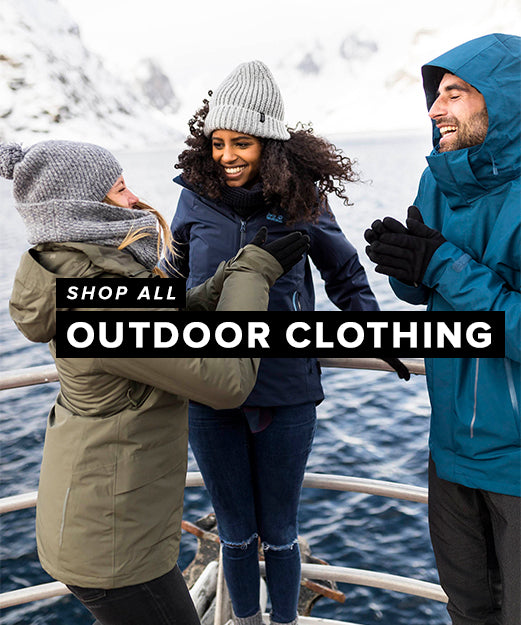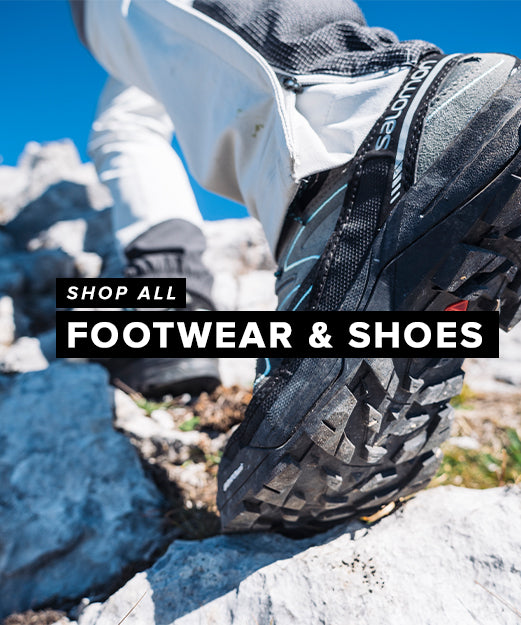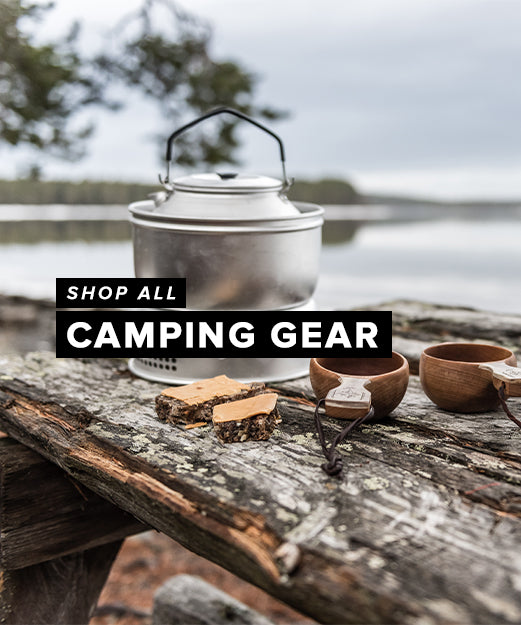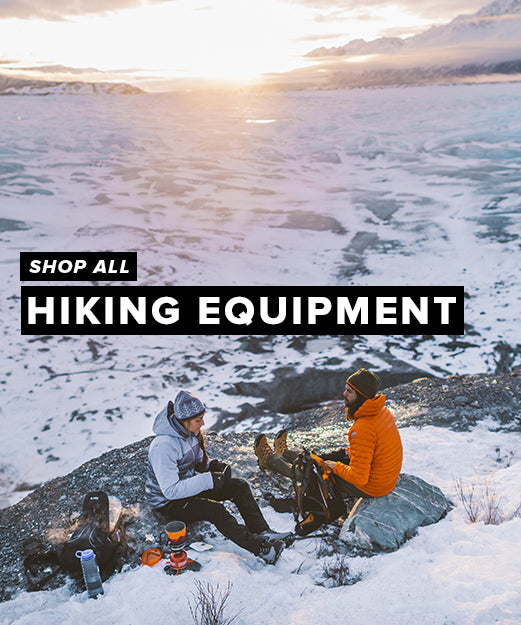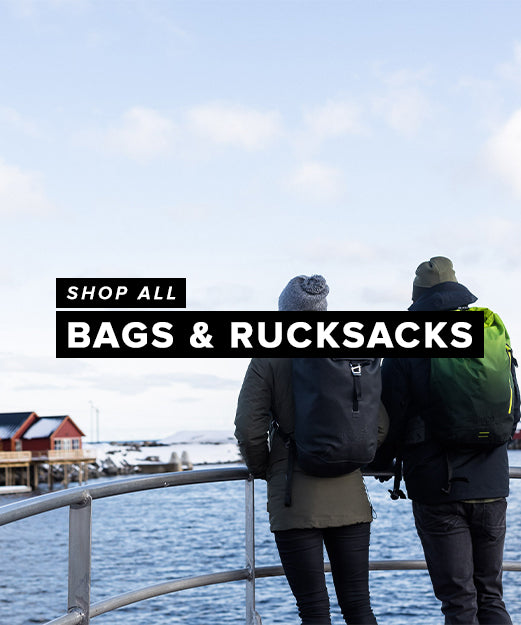How to Choose The Right Ski Goggles
Video transcript….
How to choose the right ski goggle
Intro
Hi and welcome to simplypiste.com – today we’re going to take a detailed look into how to choose the right ski goggles for you and focus on what key points and technical features you need to keep in mind whilst making your decision.
The positives of wearing goggles
The coverage offered by goggles whilst out on the slopes allows protection against many different hazards on the mountain:
- The UV rays emitted from the sun reflect very intensely off the snow, and the UV protective layer featured on goggles lenses will prevent damage to the skin and eyes.
- Whilst skiing at hi-speeds or on blustery days, the goggles will create a protective seal against the wind and prevent your eyes from getting blurred vision and becoming teary
- Also whilst descending fast, the possibility of ice particles, twigs and branches hitting you in the eyes is much more likely, and again the goggles will give you a complete protective layer against this.
Goggle Frames and Fit
- Goggles generally come in unisex and children’s sizes, although many medium to high end models include women’s specific sizes
- Most frames are made from a polyurethane material which is very flexible as well as being nice and lightweight to ensure the upmost comfort.
- Goggle straps are adjustable and should easily fit over the top of your head or helmet with ease via the standard single sliding clip or open and close buckle for higher end goggles.
- All goggles will feature layers of internal padding designed to prevent the goggles from pinching on the face, be as comfortable as possible and also acting as a seal against the elements.
- If you wear prescription spectacles you will want to look for goggles that are designed to fit over the glasses, known as OTG aka ‘over the glass’. These have extra space to accommodate the glasses, whilst avoiding pressure on your face from the temples and nose-piece.
- And generally when fitting your goggles, simply ensure that they fit comfortably around the face and aren’t too tight or too loose.
Lenses and Ventilation
There are two common lens shapes – flat and spherical:
Flat Lenses curve left to right across the eyes and face, but the lens surface between the nose and forehead is vertically flat. The flat lenses are slightly cheaper, giving you great peripheral vision however at times can cause more glare than a spherical lens.
Spherical lenses also curve left to right across the eyes but feature a curved central surface between the nose and forehead – allowing great peripheral vision, less distortion and less glare but do cost slightly more than a flat lens.
So whilst out on the slopes the cold external air can mix with the warm air from your body heat and create condensation on the lens. There are a few technical features which can help eliminate condensation and fogging:
Double Lenses are most commonly used since they do not fog as fast as a single lens, due there being a lens either side of a small sealed thermal barrier that prevents hot and cold air mixing, much alike double glazing.
Anti-Fog coatings will vary from brand to brand however are all designed to create a protective coating over the surface of the lens to prevent fogging.
Most goggles will feature some type of ventilation system, generally situated on the top and bottom sides of your goggles simply to allow the air to flow inside the goggle and keep a constant temperature.
And finally, all lenses will now feature UV protection against the suns harmful rays from reflecting off the snow and damaging your eyes. Generally the more you spend the better the protection, but even entry level goggles are extremely good.
Selecting a Lens Colour and Category
As you browse through our many different goggles you will most likely notice the vast array of coloured lenses, and although they do give the goggles a great look, different lens colours are designed for specific purposes:
- Yellow, gold and amber lenses allow you to see shadowed areas better, give you a better vision in terms of depth and are best to be used in fog, overcast days or stormy conditions.
- Brown and green lenses are great for visually increasing contrast however brown lenses are great for bright conditions, whereas green lenses are much better worn in foggy, overcast days or in stormy conditions.
- Grey lenses are ideal for maintaining natural colours instead of adding coloured tints to your vision, and are perfect in bright conditions.
- Red, pink and copper lenses are great for increasing visual contrast, giving you a better perception of depth and are great for fog, overcast or stormy conditions.
- And finally the clear lens is the most natural lens since it doesn’t feature any tints, allowing as much light in as possible and is great for use when it’s snowy, at sunset or nighttime.
Also when browsing through the goggle specifications you may notice that ski goggles are listed under ‘categories’. These range from 0 to 4 and simply refer to the percentage of ‘light transmission’ which they provide. So as a rough idea, the spectrum ranges from category zero being 0 – 20% light transmission which would mean the lens is clear or is very slightly tinted, so are suitable for night wear. Ranging right up to category 4 which is 92-97% light transmission meaning the lens is very darkly tinted and would only be suitable for bright light conditions.
How to choose the right goggle
So as we’ve now discussed all the key features incorporated within goggles it may seem slightly daunting as to choosing the correct pair for you. However you needen’t worry, there’s just a few key points to keep in mind which will cover all of the technical features:
- firstly, remember that choosing your goggles is very much down to personal preference, different brands will design their goggles with slightly different shapes and sizes, so you can choose a brand that works specifically for your taste and size.
- If you are new to choosing goggles then simplypiste is a great way to start due to our great 28 day return policy, if the goggle you’ve chosen simply isn’t right for you then you have 28 days to send it back to us and choose a different style
- And although there are numerous colours of lenses, you will generally only need one main pair for daytime skiing or snowboarding and a separate pair if you need to do any activities later in the day or during low-light conditions.
Goggle Care and How to Clean
Although goggles are designed to be extremely durable and hard-wearing, they do require some additional care to maximize their performance, here’s two key points to keep in mind:
- Keep the goggles in a soft-lined sack or case whilst not wearing them and never put your goggles ‘lens side down’ to prevent scratching and since manufacturers warranties generally won’t cover scratching.
- And Don’t leave goggles near any kind of heater or in direct sunlight as they can damage from high levels of heat
Cleaning goggles is something which needs to be done with care, ensure you check your instruction manual before you start and avoid any common cleaners as these can damage the lenses. It is simply advised that you use a recommended cleaner with a very soft cloth most of the goggle storage sacks which come with the goggles can also double up as a cleaning cloth. To clean them properly simply:
- Shake off any excess snow or dirt from the lens and ensure there is no snow covering the vents, any snow still remaining just allow to melt before proceeding
- Use a only soft cloth to blot the lens dry, please ensure you just dab the lens and do not wipe it and use only a soft cloth as anything else can damage the lens
- Feel free to carry on skiing or snowboarding once clean since the airflow helps dry the lenses
In Summary
- Goggles offer great protection whilst out on the slopes against many different hazards on the mountain
- Goggles generally come in unisex and children’s sizes
- Lenses come in two common shapes – flat and spherical
- Ventilation around the goggle is to ensure cold and hot air don’t mix and cause condensation and fogging on the lens
- Lenses have different colours for specific purposes and are categorized from 0 to 4 in reference to their light transmission
- Although goggles are designed to be extremely durable they do require some additional care to maximize their performance
So that’s a detailed look into what you’ll need to keep an eye out for in terms of choosing the right goggles for you. We hope this has been of help and please feel free to browse our other departments here at simplypiste.com.
 NEW!! Free UK Delivery
NEW!! Free UK Delivery Hassle-Free Returns
Hassle-Free Returns Clearpay
Clearpay


